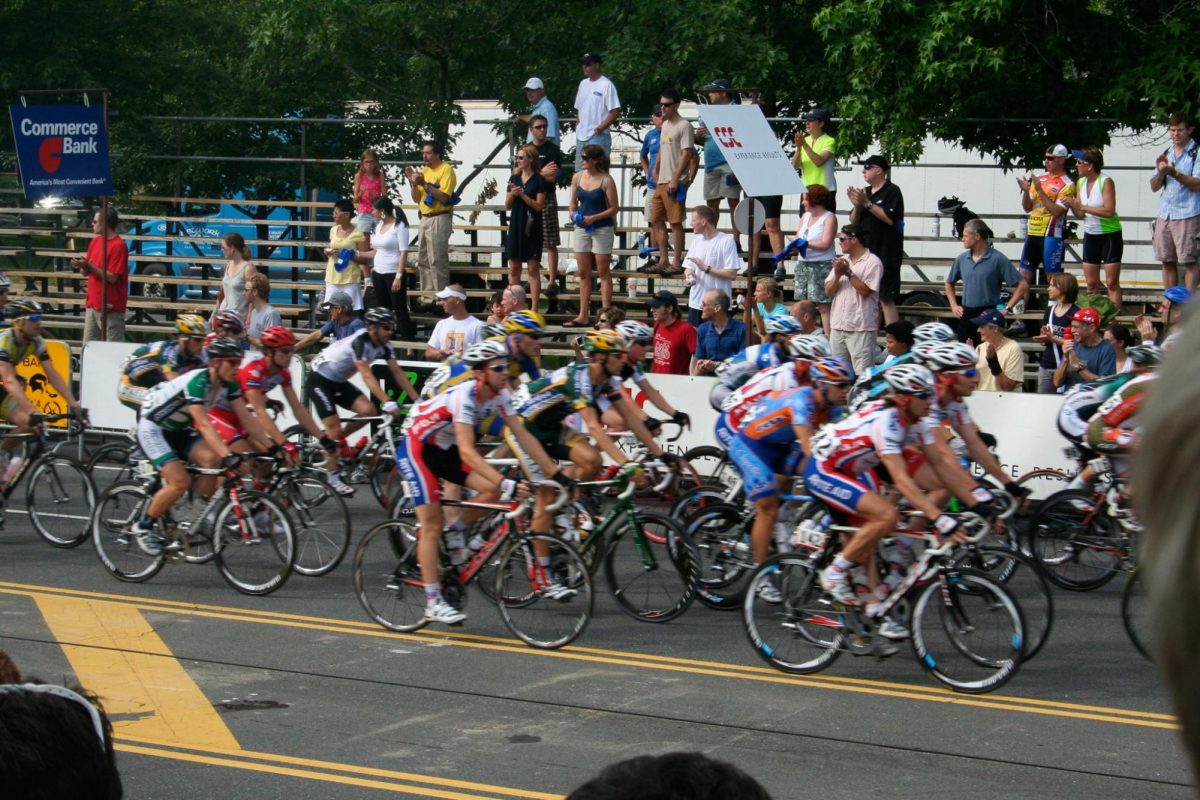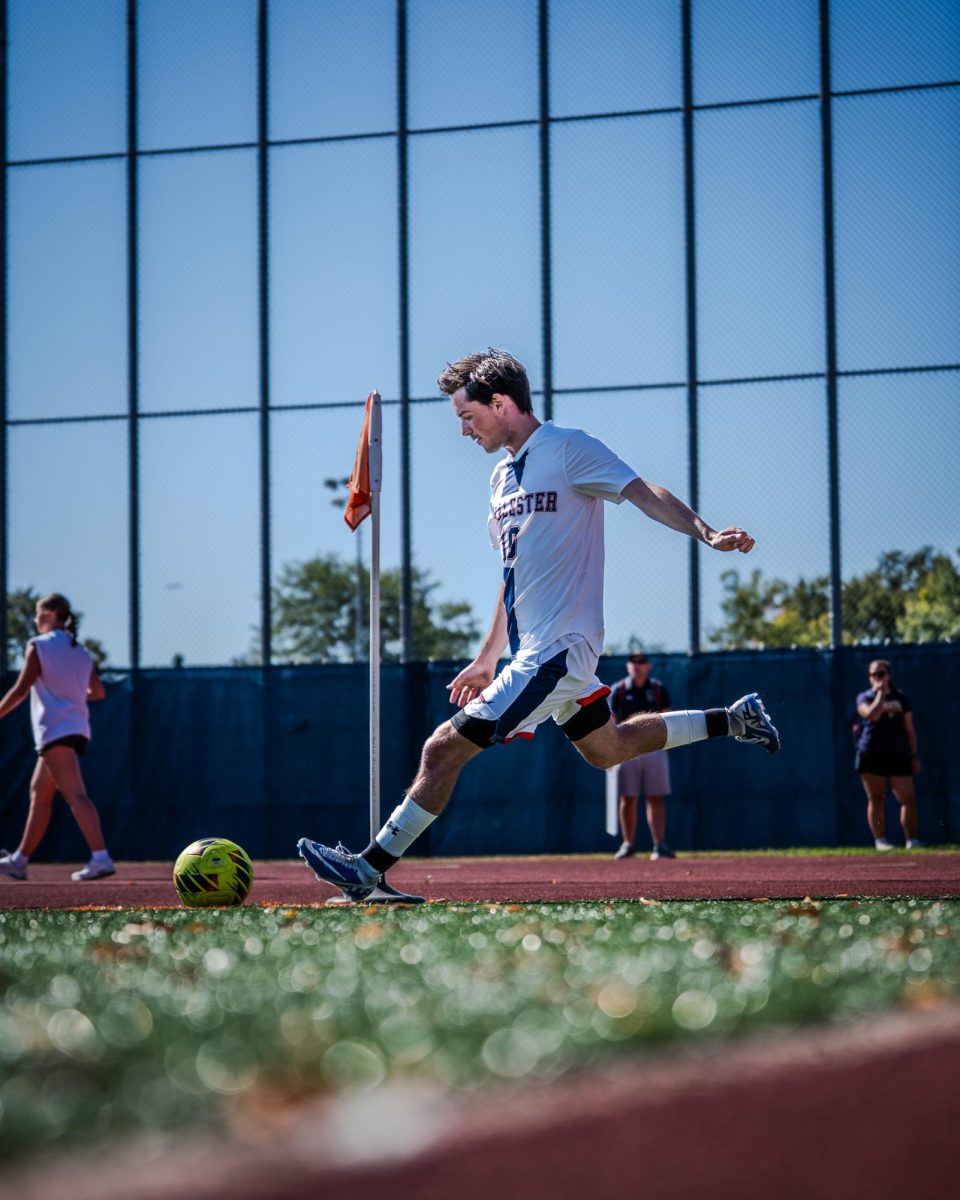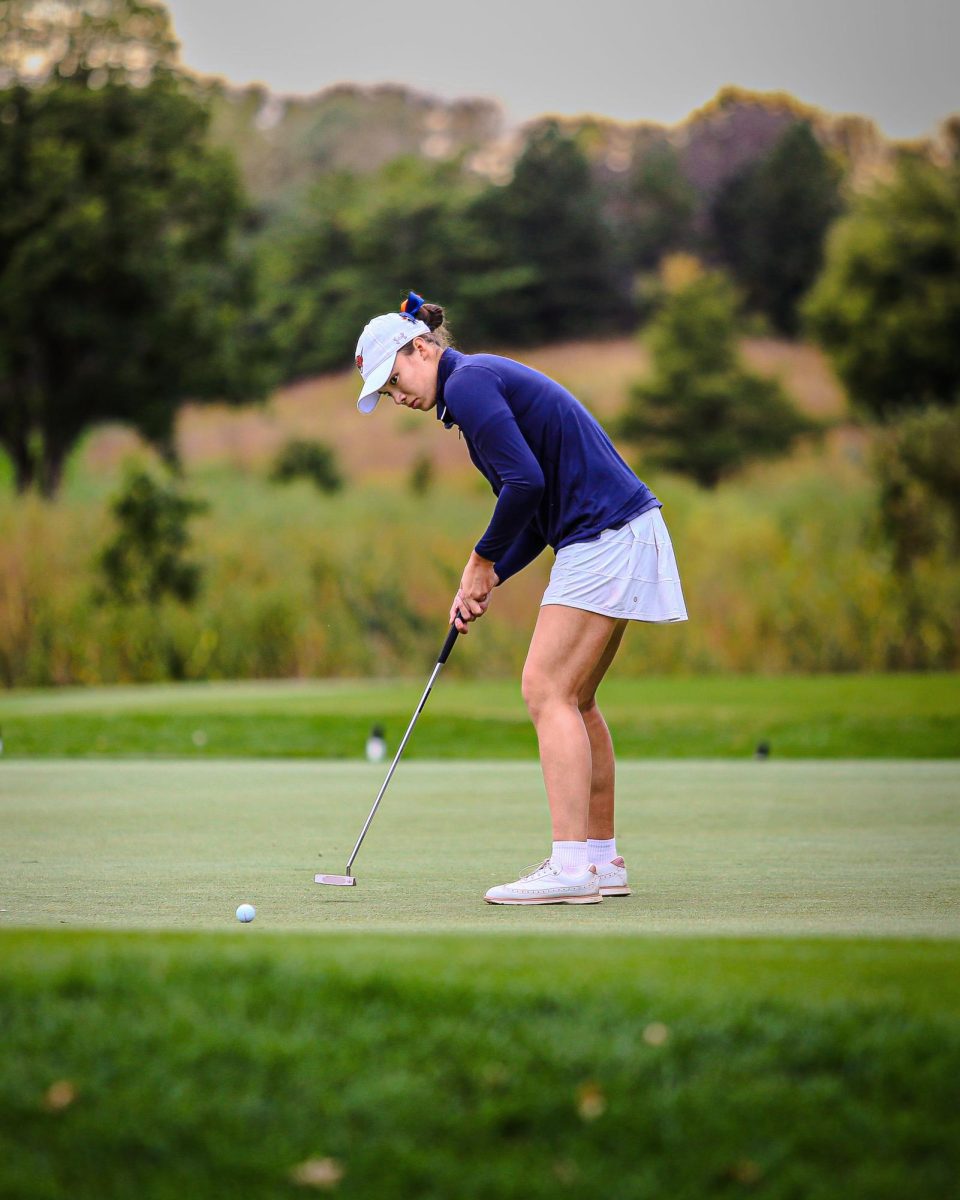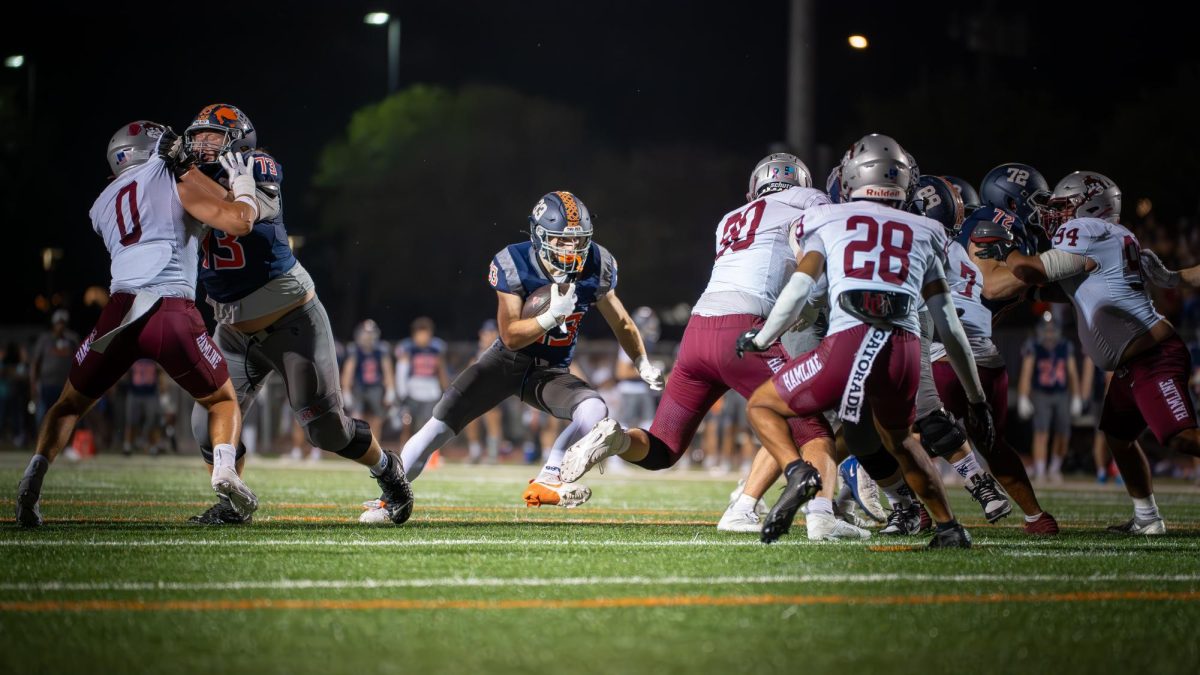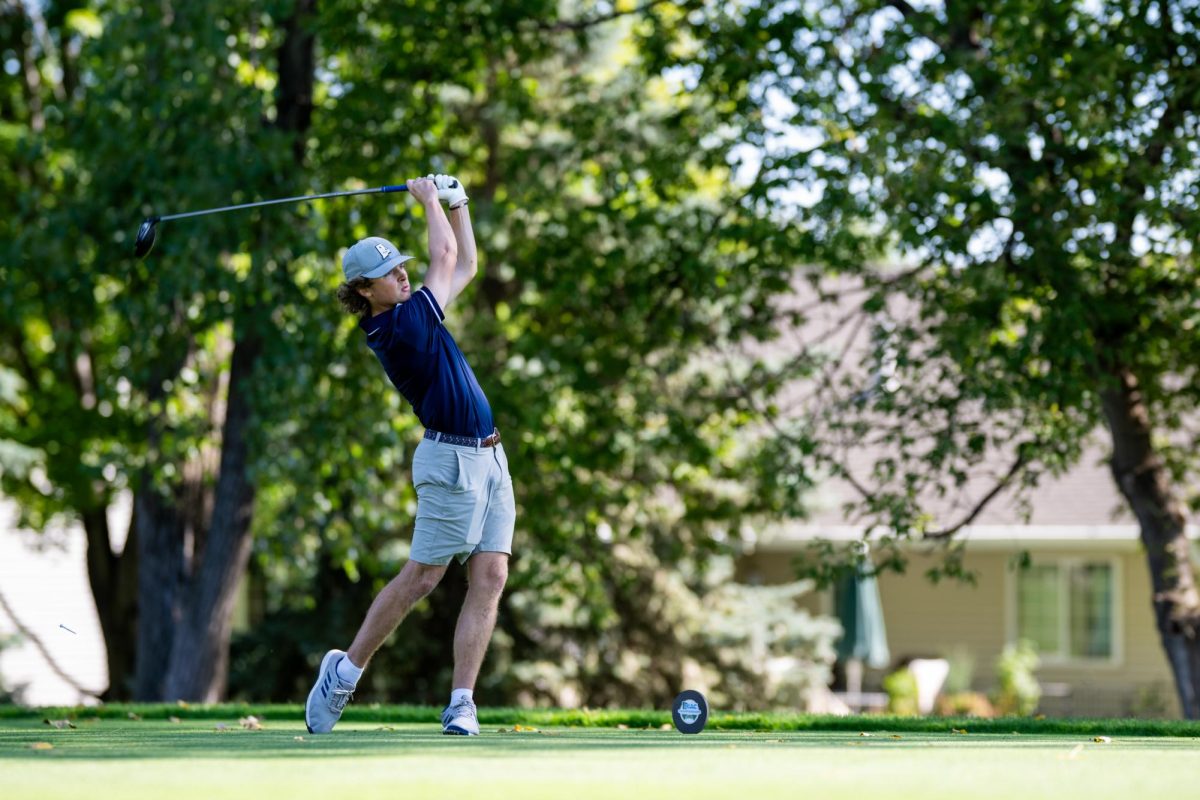January marked 12 years since Lance Armstrong dramatically confessed to a career of doping in front of a worldwide audience, live on Oprah. After over a decade of fervent denial and immense legal pressure from the United States Anti-Doping Agency (USADA), an ongoing criminal investigation was set to question the seven-time Tour de France winner under oath. His hand was finally forced. He would go on to tell Oprah that all seven of his wins were aided by the usage of banned performance-enhancing drugs (PEDs), such as erythropoietin (EPO), human growth hormones and diuretics.
To hardcore fans of the sport, this admission was long overdue and represented the end of the so-called ‘dark age’ of cycling. Finally, the sport could move to greener pastures. However, for the casual American viewer, Armstrong’s case closed the book on cycling. His story had been, in many ways, perfect to capture the hearts and minds of people around the country. His career began in the early ’90s as a solid one-day racer, but he lacked the climbing ability needed to stay with the best through the high mountains of a three-week race like the Tour de France. Then, after overcoming life-threatening testicular cancer, he not only miraculously returned to the sport but immediately won the 1999 Tour de France for the first time.
He would go on to win the following six editions of the race, before retiring in 2005, then returning in 2009 at the age of 38 to place third in that year’s Tour and finally retiring for good in 2011. It is hard to exaggerate just how astounding Armstrong’s feats were.
In its over-100-year history, four riders reached mythical status with five career Tour de France victories, just one man won in five consecutive years, and, importantly, all four riders came from the already cycling-obsessed countries of France, Belgium and Spain. Armstrong was only the second American to win the famed yellow jersey. And then he won six more in succession.
Armstrong’s character off the bike was also key to his popularity. His serious demeanor and selfish-yet-charming champion’s mentality were comparable to other sports icons of that time — think Michael Jordan, Wayne Gretzky, Kobe Bryant and Tom Brady. All perfect encapsulators of merit-based sporting success.
Maybe his greatest contribution — what cemented him in the eyes of many Americans as untouchable to any criticism of his personality or career — was “Livestrong,” the charity he founded to help those affected by cancer. All together, it was a classic American tale of both resurgence against the odds and good, old-fashioned, patriotic winning.
Even in the modern cycling world, Armstrong is an extremely taboo subject to most, many of his fans have stayed staunchly loyal, even after the destruction of his sporting reputation. In a 2015 BBC interview Pat McQuaid, the former president of the Union Cycliste Internationale (UCI), the global governing body of professional cycling, labeled Armstrong a “scapegoat” for the USADA investigation and the cycling community in the midst of a doping crisis.
It is now commonly accepted that doping was par for the course for many top cyclists during the ’90s and ’00s, yet no cyclist — or athlete, for that matter — has ever had their reputation dragged through the mud like Armstrong.
Whether Armstrong’s downfall was deserved, it’s inarguable that the viewership and popularity of cycling has declined in the U.S. since his fall from grace. When doping becomes so inextricably linked to a sport through its most revered posterboy, it’s difficult to convince people who don’t share a deeper cultural link to the sport of its competitive validity.
So, 12 years after Armstrong, what’s the state of American cycling? While there are still cases of doping today, they have become isolated incidents restricted to mainly lower-level riders.
Following the high-profile doping scandals of the 2000s, the UCI and World Anti-Doping Agency implemented strict regulations on PEDs and steroids and ramped up the frequency of tests to a level yet to be matched by any other sport. Cyclists are tested in and outside of races constantly throughout the year.
During the Tour de France, after each of the 21 stages, the general classification leader (the rider who has the least total time through each stage) and the stage winner (the rider who crossed the finish line first during that specific stage) are both immediately tested after they finish. This practice is common at many of the biggest races and makes it nearly impossible for top riders to successfully use illegal substances.
American cycling was left with a scarcity of superstar riders since the disgrace of the 2000s where not only Armstrong, but other headline-making Americans like Floyd Landis and Tyler Hamilton were caught in doping scandals of their own.
With cycling’s sporting reputation severely tarnished and no real top riders for the country to turn their eyes to, it’s no wonder that most Americans swiftly moved past cycling at the start of the 2010s. To make matters worse, the two most important races held in the U.S., the Tour of California and the Tour of Utah, both ceased operations after the coronavirus pandemic, neither showing any glimpses of a return.
In some ways, times have never been darker in American cycling. But this dearth has left room for a new generation of young American riders.
This is part one of a two part series on American cycling’s past, present and future.

